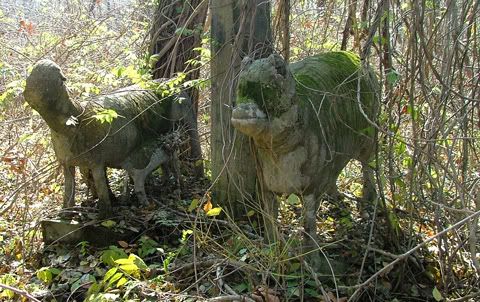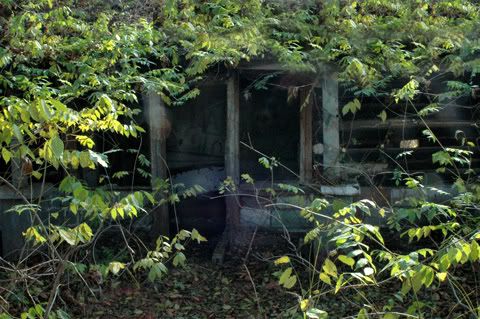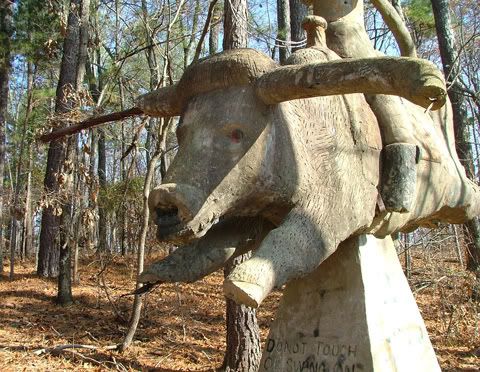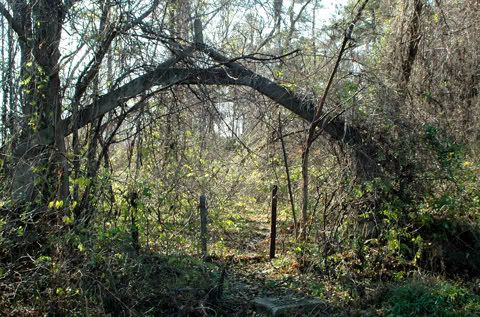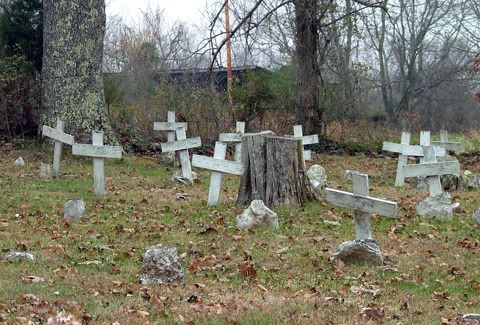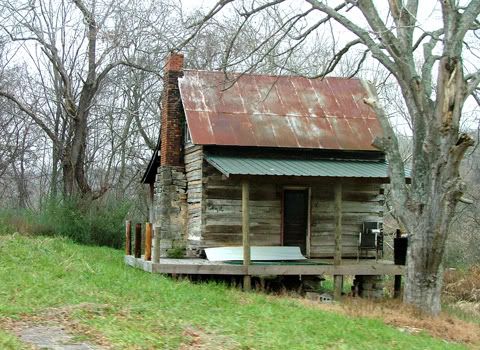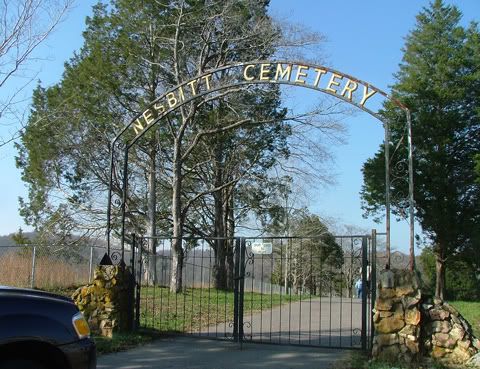We'd planned to depart back to the Chicago area early on Monday morning, but when we awoke my sister and I looked at each other and knew that we would drive back down to Charlotte and make one more attempt to find the elusive cemetery. We knew that logic would dictate the steps to take and that required that we search on a weekday when the courthouse was open.
We figured there must be a historical society in the area and perhaps someone at the courthouse could direct us to those responsible. Well, as luck has it, and as is often the case in small town America - things get done quickly on the one-on-one level. The clerk in the old courthouse directed us across the street to the newer office building, and in the basement of that building we found an archives office whose purposes is strictly to preserve and transcribe the many historical documents of the county.
And as is also the case in small town America, everyone knows everyone else. We stated our purpose to the director of the archives - "We're Robert Nesbitt's great-great-great granddaughters and we're looking for the old cemetery." With two minutes she had the woman on the phone who now lives in the old homeplace, and had secured her permission to access her land. It was a short drive back to the historical marker and the house just beyond. The owner met us out on the driveway and we were pleased to know that her Master's degree was in historical preservation.
It was windy and quite chilly, but we'd come a long way and for resident of northern Illinois, wind not a problem. She directed us to a grove of trees high on a hill overlooking Barton's Creek and Fagan's Chapel on the other side.

It was a challenging climb up the hill, dodging cow pies all the way. The view from the top of the hill was stunning and we rounded a group of three trees to come upon the very degraded remains of many headstones. The elements have not been kind to this spot.
The epitaths are always interesting and this one is the only information left on this woman's stone, save for a partial date of death.

Only three headstone were in any condition to be identified and one of those (a more modern stone) had fallen face down and was impossible to budge. Amazingly, the only two headstones that were readable were the only two we needed to identify this as Robert's final resting place...those of his nephew Allen and his wife on whose property he was buried.

The owner of the property had stated that it was her understanding that Robert had been buried in the area surrounded by a small stone wall. We stood on the hillside in the brisk wind and studied the valley that was home to these people so many years ago.....just as I had stood at Fort Sumter looking into Charleston's harbor knowing that it was the first view Robert as his ship landed in the new world.
On the way back down the hill my sister stopped to capture of photo of the house in the distance, and then we were on our way. What did we accomplish after all? To us it was a journey to connect to the past, and pay homage to those who did some hard work to establish this country and our communities.
If we could only manipulate space and time and meet those ancestors - how interesting would that be?



